Categories: Featured Articles » Practical Electronics
Number of views: 24810
Comments on the article: 0
What can be done with an oscilloscope
In the workshop of an electronic engineer and electrician, if not necessary, then at least the presence of an oscilloscope is highly desirable. It is used along with simple measuring instruments: an ammeter, voltmeter, ohmmeter, and finally a multimeter. In this article, you will learn about the oscilloscope - what it is and why it is needed.
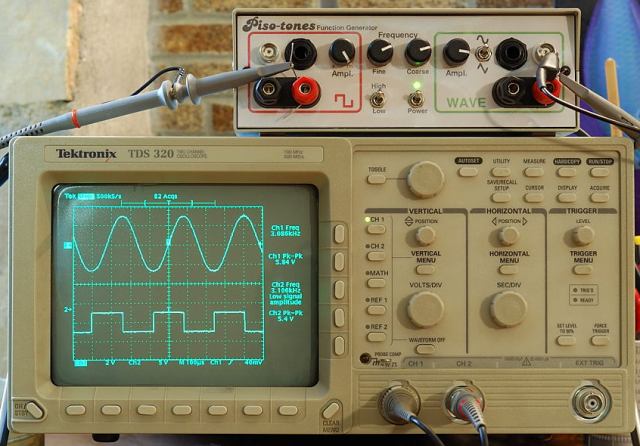
Oscilloscope - what is it?
Everyone who works with electricity knows that voltage is measured with a voltmeter, and current with an ammeter. But these devices show only the current value that is at the time of measurement. Even when measuring variables by value and sign of values, you get some value averaged over certain algorithms or laws.
But with the help of a voltmeter, you can monitor how the value is measured, however, with errors. For dial gauges, they are due to design features, and for digital ones as well, but the sampling frequency and other software problems are also added.
But how to trace a rapidly changing signal, in which values change in thousandths and millionths of a second?
Such measurements are extremely important in many areas:
-
In all areas of electronics;
-
When studying the parameters of electrical equipment;
-
In the diagnosis and tuning of car systems and others.
To do this, use oscilloscopes and oscilloscope probes. An oscilloscope is the same voltmeter, but the screen of which does not show the signal voltage value, but its shape and behavior. The waveform is displayed with reference to a scale calibrated in Volts (vertically) and seconds (horizontally) - for a detailed study of them.
In the picture below you see examples of images on the oscilloscope screen, the number of microseconds in one square horizontally is highlighted in red, and how many volts are vertically highlighted in green. In other words, the division price on the image is 1B / div and 10 μs / div.
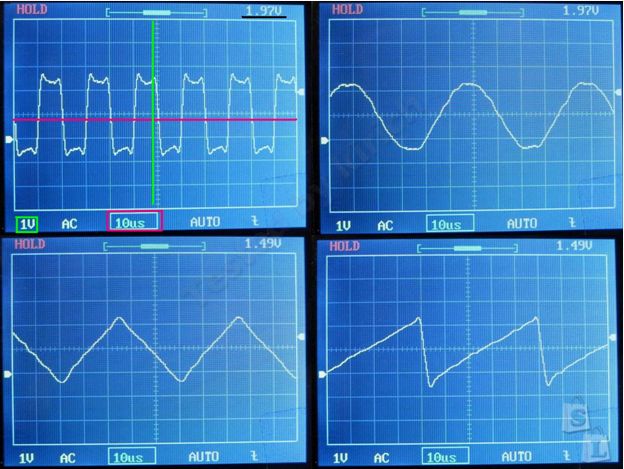
It is immediately worth noting that, mainly, with the help of oscilloscopes, a signal is studied that is periodically repeated. Arbitrary signals are randomly studied using an oscilloscope with a chart recorder function.
This function is predominantly provided by digital oscilloscopes, but not all digital oscilloscopes can record waveforms in memory. The photo below shows an analog with a cathode ray tube - it is not suitable for such tasks.

And this is digital:

To understand how a signal that is measured with a period of a fraction of a second freezes on the screen, you can give a simple example - a stroboscope. If any moving object is periodically illuminated by short-term flashes of light, then as a result you will see its specific position, as in photographs.
Moreover, if you illuminate an object rotating at a certain speed in such a way, then provided that the frequency of the flashes coincides with its rotation speed, you will see a stationary object or a certain part of the rotating object facing you on the same side at the time of the flash. If the frequency of the flashes does not coincide with the speed of rotation of the object, then you will see a sequence of its individual sections in random order.
I also met a comparison on the example of a train with an infinite number of identical cars:
If the flash will go with a frequency that coincides with the frequency of the change of cars in front of you, then it will seem to you that every time you see the same stationary car in front of you.
The oscilloscope works in the same way - it displays the same section of a periodic signal, as a result you can study the features of its change.
Within this article, we will not go into the blocks of which it consists, operating modes, synchronization and other things, let's look at what can be done with an oscilloscope.
Oscilloscope in Electronics
The first thing that comes to mind is electronics. You cannot clearly see if the transistor has opened, and how often it does it. In addition, when designing modern high-speed devices, it is important to know not only about the fact of the operation of semiconductor switches, but also about the forms of rise and fall fronts of current and voltage.
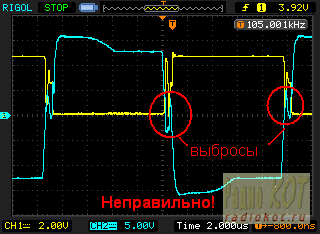
Thanks to this, you can find out how correctly the operating mode of the transistor or other component is selected and the correct operation of the electronic device as a whole.
So, when designing electronics, you need to use an oscilloscope to set up the finished product and select the final ratings of the components, which increases its reliability.
Repair oscilloscope
Electronics repair is the process of searching for failed parts, which without the necessary set of tools comes down to the alternate replacement of elements and assemblies to bring the device to working capacity. In other words, repair by spear.
You can often check individual elements, such as transistors, resistors, inductors and capacitors with a multimeter or a universal transistor tester. With chips, this is different.
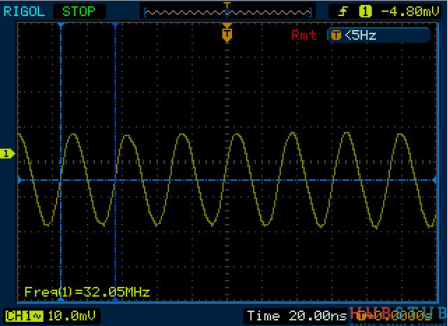
When repairing power supplies, you can visually monitor the operation of the PWM controller - the heart of pulse converters. There are no more ways by which you can reliably verify its serviceability. Although this can be verified by indirect signs.
And:
During repair devices with microcontrollers You can check the operation of the clock generator, the presence of signals on all pins of the microcontroller.
When diagnosing sound amplifiers, you can see where the signal disappears or is distorted.
Car repair
Most of the malfunctions of modern cars such as “not starting up”, “failures during acceleration”, “driving badly and stalling” are connected with problems in the electrical part. Since all the engines that are currently installed are injection engines, if we are talking about gas or gasoline, and if the engine runs on diesel fuel, then it probably has electronically controlled injectors. The same goes for the ignition system.
For the operation of fuel injection and ignition systems, the calculation of the moments of operation of nozzles and sparking, it is necessary to know about the position of the crankshaft and camshafts of the engine. Therefore, cars are equipped with many sensors.
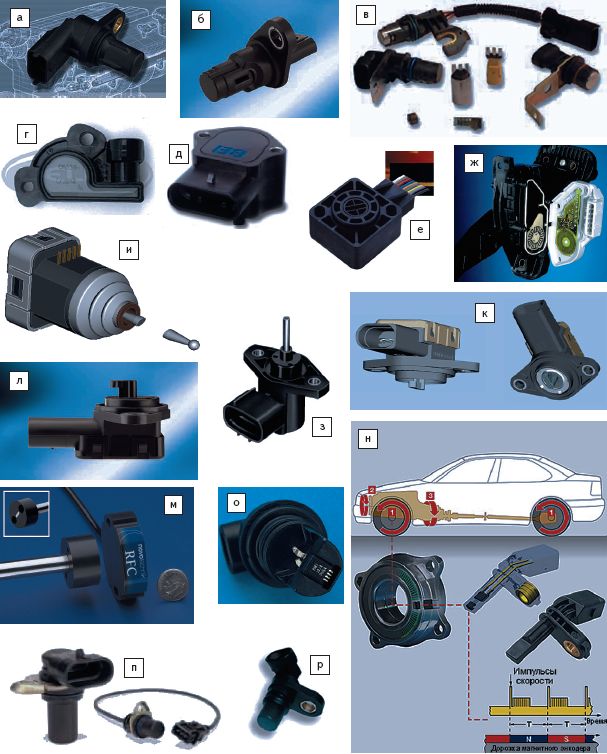
To diagnose all these systems, they use both built-in communication protocols, read errors, and motor testers - devices that can communicate with the engine control system and act as an oscilloscope.
Thus, you can learn about the operation of position sensors, track the correspondence of the position of the camshaft and crankshaft (timing phase).
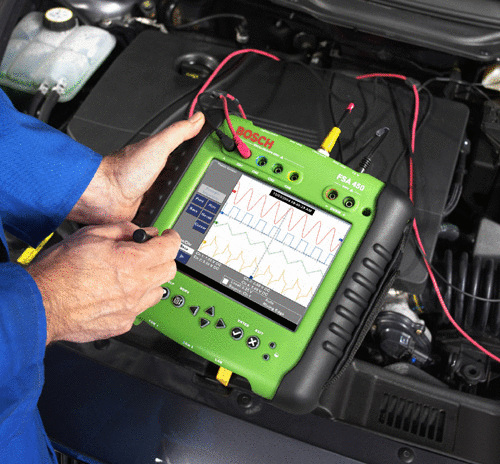
With the help of special probes, the ignition system is working properly, and by the shape of the waveform, determine the malfunction of the coil, spark plugs, high-voltage wires and the presence of a pulse on the coil in general.
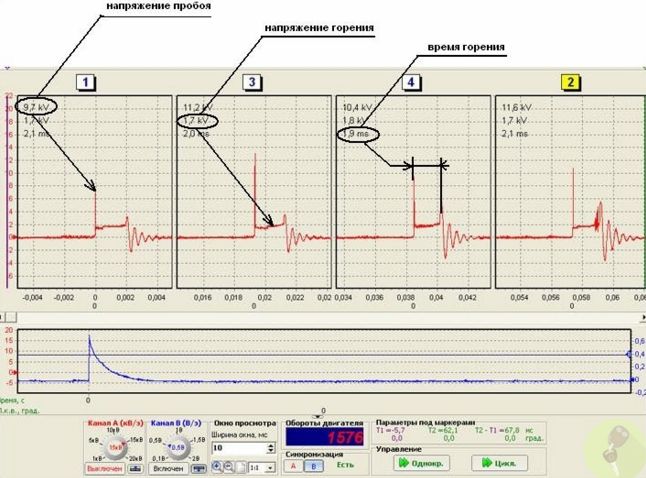
The car’s charging system can be checked with an oscilloscope. So you can diagnose malfunctions of the diode bridge of the generator without removing it from the car.

Conclusion
The oscilloscope helps to see the waveform and whether it exists at all. This is important when developing devices and during their repair. It should be noted that you can do without it, but then you will spend much more time on the diagnosis of the device, and the repair will turn into fortune telling on coffee grounds.
See also:Modern portable oscilloscopes - types, characteristics, capabilities and features of use
See also at bgv.electricianexp.com
:
